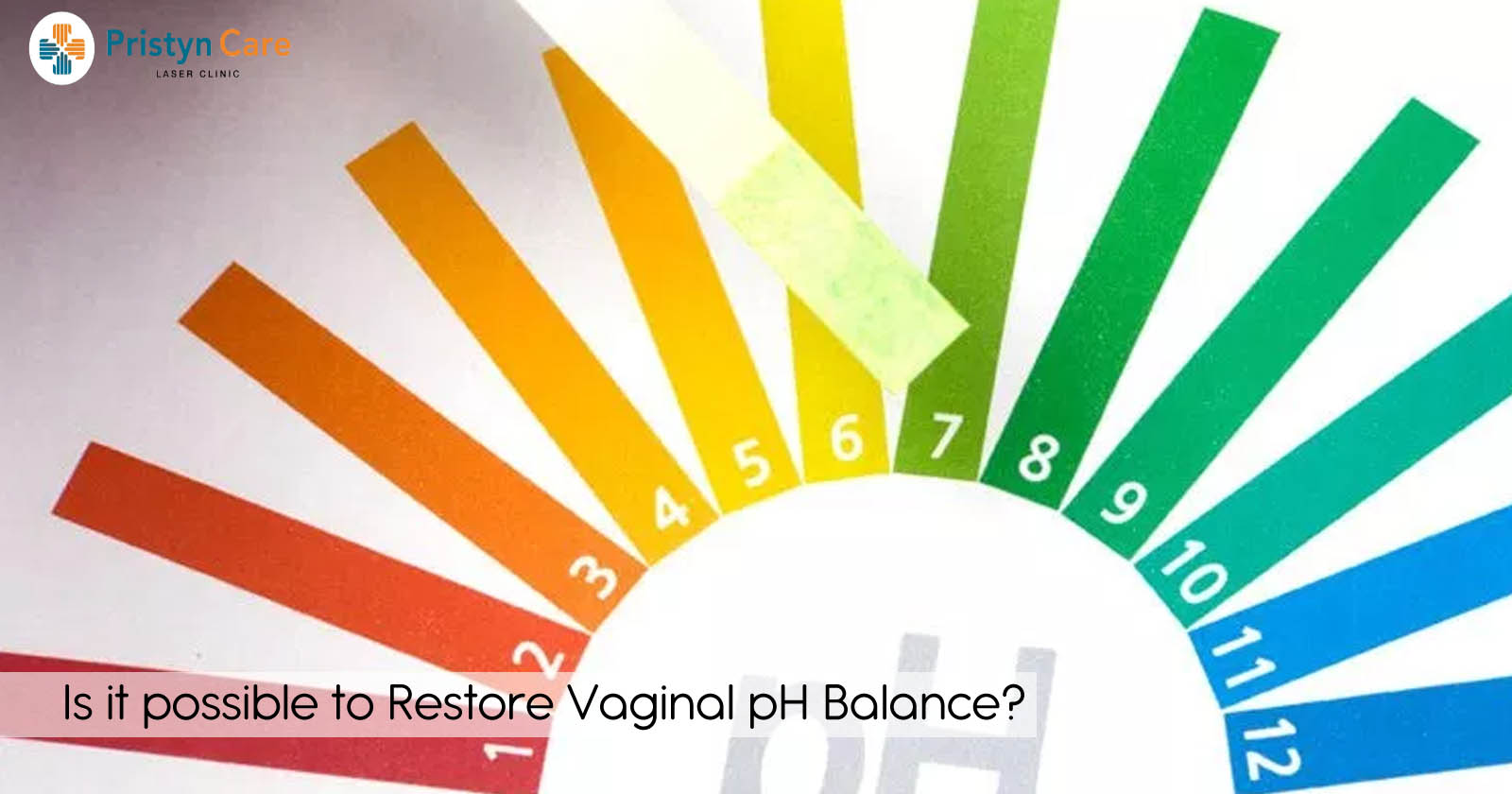
Yup, thats right! The cause of many of our vaginal discomforts and infections stems from the pH levels in our vaginas no longer being balanced. It is uncomfortable and often makes us feel embarrassed! Especially when we are trying to deal with an itch in public!īut while many of us have experienced that urge to itch down there, too few of us actually understand what causes the itch to begin with! And the answer is simpleit all comes down to the pH balance in our vaginas. Discuss your symptoms with your health care provider as soon as possible, to avoid delaying treatment.One of the most frustrating parts of having a vagina is when an itch develops down there that just wont go away.


All medications, vitamins and other supplements you take, including dosesĪvoid using tampons, having sexual intercourse or douching before your appointment so that your doctor can assess your vaginal discharge.įor vaginitis, some basic questions include:.Key personal information, including how many sex partners you have and whether you have a new sex partner.Your symptoms and how long you've had them.To get ready for your appointment, make a list of: Your family doctor, gynecologist or another medical practitioner can diagnose and prescribe treatment for vaginitis. Sex during vaginal infection: Is it harmful?.
HOW TO RESTORE PH BALANCE IN VAG FULL
Apply a cold compress, such as a washcloth, to the labial area to ease discomfort until the antifungal medication takes full effect.Follow package directions and complete the entire course of treatment, even if you're feeling better right away. Some products also come with an external cream to apply to the labia and opening of the vagina. The active ingredient varies, depending on the product: clotrimazole, miconazole (Monistat 1) or tioconazole (Vagistat-1). Options include one-day, three-day or seven-day courses of cream or vaginal suppositories. Use an over-the-counter medication specifically for yeast infections. If you know you have a yeast infection, you can take these steps: You'll need prescription medication to treat trichomoniasis, bacterial vaginosis and vaginal atrophy. Request an Appointment at Mayo Clinic Clinical trialsĮxplore Mayo Clinic studies testing new treatments, interventions and tests as a means to prevent, detect, treat or manage this condition. Possible sources include new soap, laundry detergent, sanitary napkins or tampons. To treat this type of vaginitis, you need to pinpoint the source of the irritation and avoid it. This treatment is available by prescription from your doctor, after other risk factors and possible complications are reviewed. Estrogen - in the form of vaginal creams, tablets or rings - can effectively treat this condition. Genitourinary syndrome of menopause (vaginal atrophy).Your doctor may prescribe metronidazole (Flagyl) or tinidazole (Tindamax) tablets. Using the wrong medicine may delay an accurate diagnosis and proper treatment. However, you might have something other than a yeast infection. The advantages of over-the-counter treatment are convenience, cost and not waiting to see your doctor. Yeast infections may also be treated with a prescription oral antifungal medication, such as fluconazole (Diflucan). Yeast infections usually are treated with an over-the-counter antifungal cream or suppository, such as miconazole (Monistat 1), clotrimazole, butoconazole or tioconazole (Vagistat-1). You'll need to get tested and be given a prescription for these medications.

For this type of vaginitis, your doctor may prescribe metronidazole (Flagyl) tablets that you take by mouth or metronidazole (MetroGel) gel or clindamycin (Cleocin) cream that you apply to your vagina. A variety of organisms and conditions can cause vaginitis, so treatment targets the specific cause:


 0 kommentar(er)
0 kommentar(er)
